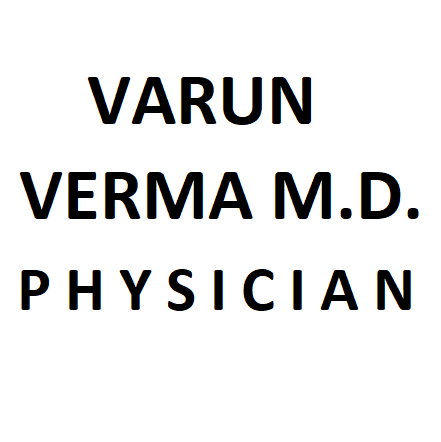I had a patient recently in the hospital who handed me a nicely printed PDF of 25+ medications that they take on a daily basis and a detailed chronological medical history and allergies. While this may seem unnecessary in the era of technology (healthcare systems often pay hundreds of million of dollars for electronic medical record systems) surprisingly medical records and specifically home medication lists are not always accurate. Healthcare professionals know that the EMR is filled with fluff, but we sometimes struggle on a daily basis to address seemingly low hanging fruit. This can lead to delays in care and patient harm. My patient reminded me that in many parts of the world this is how patients carry around their entire medical record! (I’ve seen this first hand having worked in Haiti, Nepal and Ghana).
Medication reconciliation is a crucial process during hospital admission. It involves obtaining an accurate list of a patient’s current medications and comparing it with the in-hospital medication orders. While this might seem straightforward, errors in this process are both common and perilous. In my experience these errors often occur at the time of admission because the night team is struggling to manage emergencies, admit new patients and then by the time the day team has taken over – there has been delays in care. Let’s delve into the significance of medication reconciliation and the errors that often accompany it.
1. What is Medication Reconciliation?
Medication reconciliation is a systematic approach to ensure that patients receive the appropriate medications during transitions of care, such as hospital admissions, transfers between departments, and discharges. This is achieved by:
- Identifying the medications a patient is currently taking (both prescribed and over-the-counter).
- Accurately documenting this list.
- Comparing this list against the hospital’s prescribed medications.
- Resolving any discrepancies.
- Communicating the final list to caregivers and the patient.
2. Why is it Important?
Miscommunication and discrepancies in medication information can lead to adverse drug events (ADEs). These events can result in patient harm, longer hospital stays, and increased healthcare costs. A thorough and accurate medication reconciliation process can significantly reduce these risks.
3. Common Errors in Medication Reconciliation:
- Omission errors: The most common type, where a regular medication that the patient is taking is unintentionally left off the hospital medication list.
- Incorrect dosage errors: The right medication is listed, but with the wrong dosage.
- Additional medication errors: Medications that the patient isn’t taking are mistakenly added to their list.
- Duration errors: Incorrect information about how long the patient has been taking a particular medication.
4. Why Do Errors Occur?
Several factors contribute to these errors:
- Incomplete patient information: Sometimes patients forget to mention certain medications, especially if they’re taking multiple drugs.
- Multiple prescribers: If a patient has multiple doctors prescribing medications, there might not be a consolidated list.
- Similar drug names: Medications with similar names can be easily mixed up.
- Rushed processes: Especially in busy hospital settings, there may not be enough time dedicated to thoroughly verify medication lists.
5. Mitigating the Risk of Errors:
- Standardized procedures: Implementing a standard protocol for medication reconciliation can ensure consistency and thoroughness.
- Training and education: Both healthcare professionals and patients should be educated on the importance of accurate medication lists.
- Utilizing technology: Electronic Health Records (EHRs) and other tools can aid in cross-referencing and verifying medications.
- Patient involvement: Patients should be encouraged to keep an updated list of their medications and be actively involved in the reconciliation process.
6. Conclusion:
Hospital admission medication reconciliation is vital for patient safety. Despite its importance, errors in this process are alarmingly common. By understanding the types of errors and the reasons behind them, we can take measures to ensure that patients receive the right medications in the right dosages, ultimately safeguarding their health and wellbeing. Sadly at this point – it seems the best thing to do is as my patient did and carry around four printed copies of your updated medication list and medical history. This way everyone from the triage nurse, ER doctor, floor nurses and admitting physician will have an accurate account straight from you.

